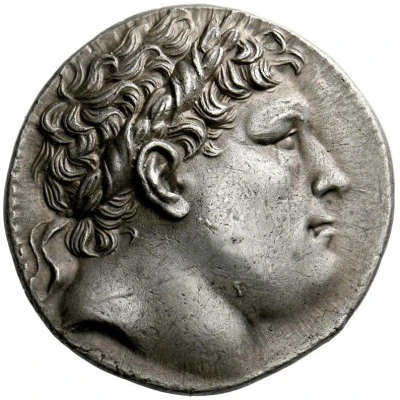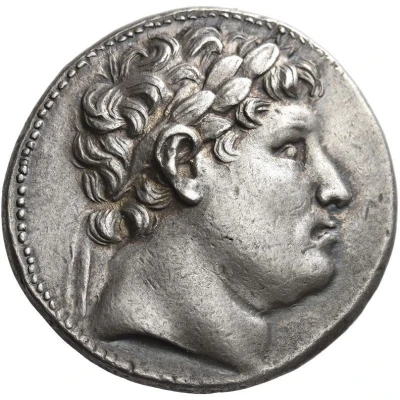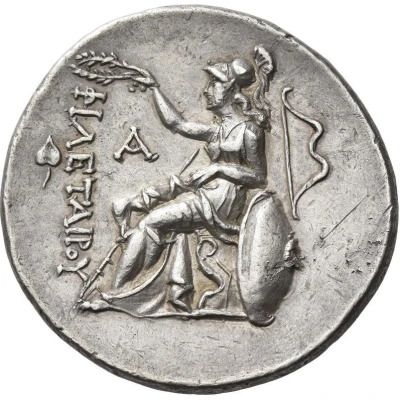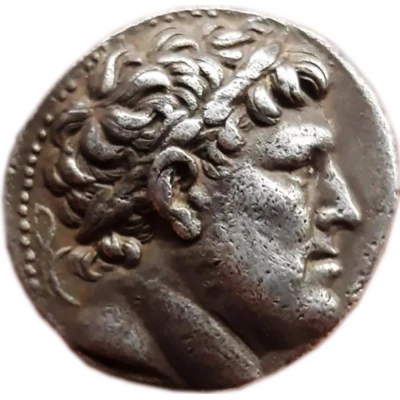
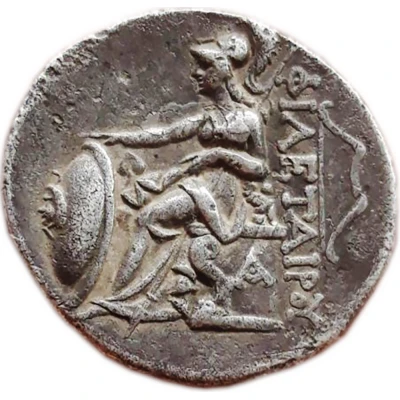

© hlop
Tetradrachm - Eumenes I 263 BC - 241 BC
| Silver | 16.49 g | 28 mm |
| Issuer | Pergamon (Mysia) |
|---|---|
| King | Eumenes I (263 BC - 241 BC) |
| Type | Standard circulation coin |
| Years | 263 BC - 241 BC |
| Value | Tetradrachm (4) |
| Currency | Drachm |
| Composition | Silver |
| Weight | 16.49 g |
| Diameter | 28 mm |
| Thickness | 4.8 mm |
| Shape | Round (irregular) |
| Technique | Hammered |
| Orientation | Medal alignment ↑↑ |
| Demonetized | Yes |
| Updated | 2024-10-10 |
| Numista | N#158125 |
|---|---|
| Rarity index | 95% |
Reverse
Athena enthroned left, holding shield with right hand,
spear in left arm, left elbow resting on sphinx; ivy leaf above knee, bow to right, A on throne.
Script: Greek
Lettering: ΦΙΛΕΤΑΙΡΟΥ
Translation: Philetairos
Comment
The eunuch Philetaerus played a canny game of power poker in the years following the death of Alexander the Great. Entrusted with an immense treasure in the fortress city of Pergamum by Lysimachus of Thrace, Philetaerus soon switched his allegiance to Lysimachus' rival Seleucus I in return for a promise of autonomy within his own realm. Seleucus defeated and killed Lysimachus at Kauropedion in 281 BC, but was assassinated himself soon thereafter. The Pergamene Kingdom, however, officially broke from the Seleucid realm only a few years later, and the kingdom's coinage honored its founder Philetaerus on its coinage for several reigns thereafter.Interesting fact
The Tetradrachm coin from Pergamon (Mysia) featuring Eumenes I (263 BC - 241 BC) is notable for its unique design. One side of the coin depicts the king's portrait, while the other side features the goddess Athena. This design was a departure from the traditional Greek coin design, which typically featured the goddess Athena on one side and the king's name or title on the other. The combination of the king's portrait and the goddess Athena on the same coin was a bold move by Eumenes I, as it symbolized his authority and connection to the divine. This design choice was later adopted by other Hellenistic kingdoms, and it became a defining feature of their coinage.
